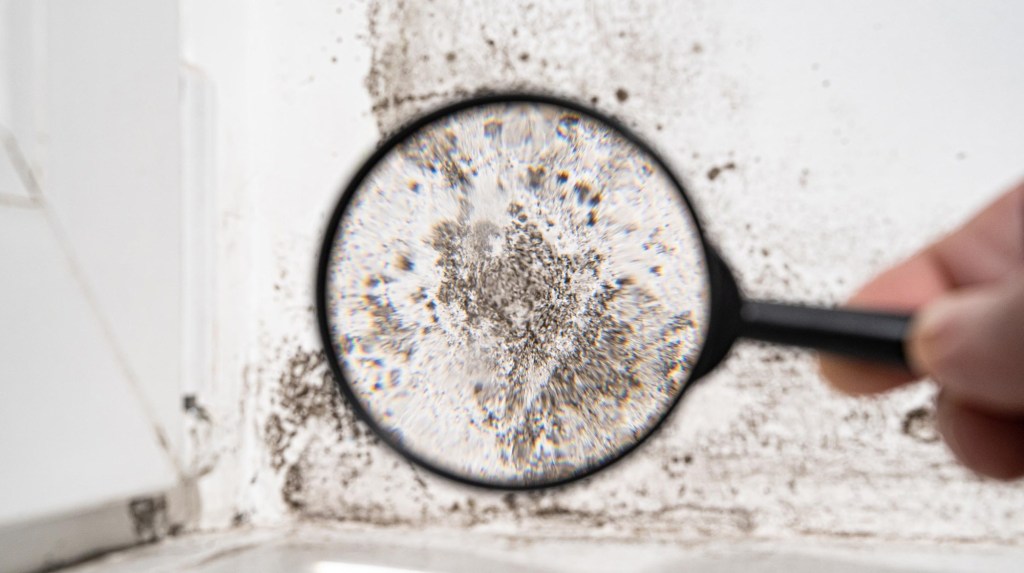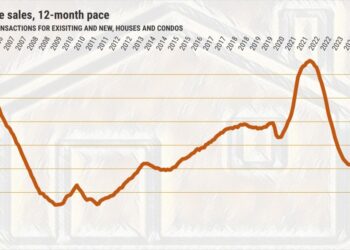This column is the first in a two-part series on mold.
In 2000, a new panic swept the country — “toxic mold.”
Twenty-four years of lawsuits and untold billions of dollars later, major mold myths continue to frighten residents and cause exaggerated repairs and unnecessary conflict.
On one side of the debate is the mold industry: testers, consultants and mold clean-up contractors. On the other side are the federal and state governmental health agencies.
The mold industry has a major reason to fund advertising, while the government has little funding to distribute its information. This column and the next will address some of the misstatements misleading homeowners, HOA boards, and managers, because overreaction is expensive.
Mold is new: Mold, one of the earliest and simplest life forms, has existed for more than tens of thousands of years. Mold is ever-present, like dust or pollen, and only became a cause of fear in 2000.
Mainstream scientific research confirms mold’s many serious dangers: In 2004, the National Institute of Medicine published its comprehensive study on indoor mold exposure, in a book called “Damp Indoor Spaces and Health.”
The study’s central finding was: “Scientific evidence links mold … to asthma symptoms in some people with the chronic disorder, as well as to coughing, wheezing, and upper respiratory tract symptoms in otherwise healthy people…
However, the available evidence does not support an association between “mold and the wide range of other health complaints that have been ascribed.” That sounds like mold is no more dangerous to most people than dust or pollen. The book received little media attention – stories of frightened people living in tents are more interesting.
One must know what kind of mold it is: The mold industry typically describes some molds as worse than others.
Their star is stachybotrys chartarum, a black mold reported to produce infinitesimal quantities of a toxin similar to…
Read the full article here







